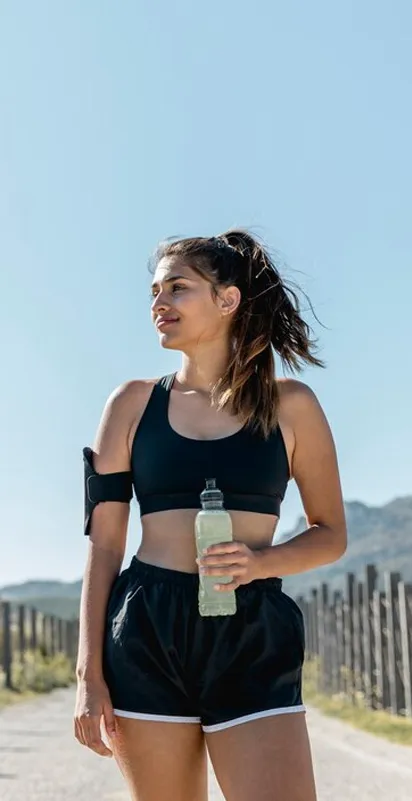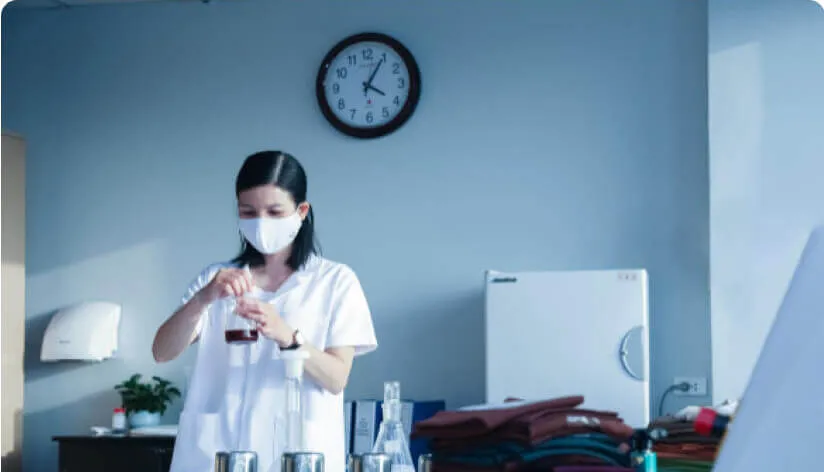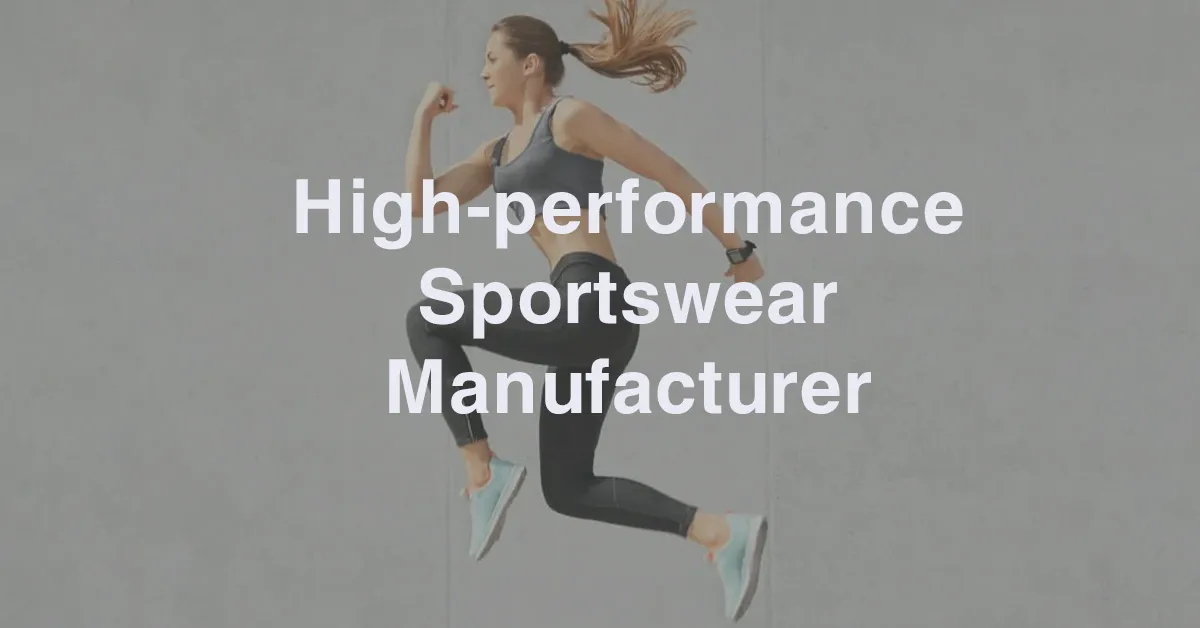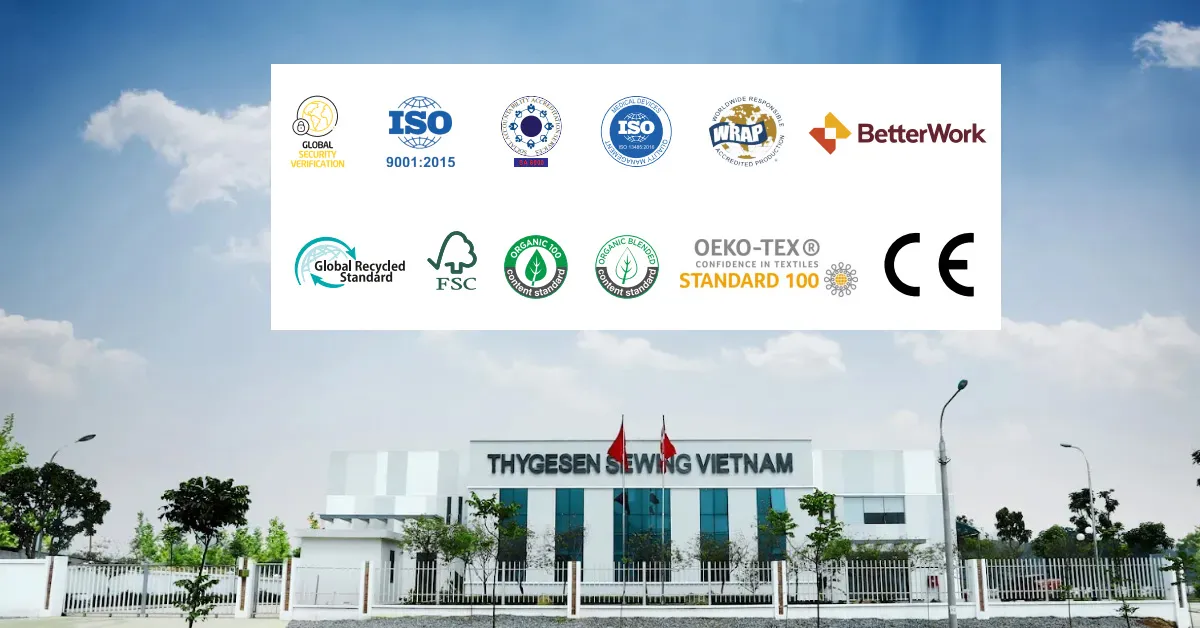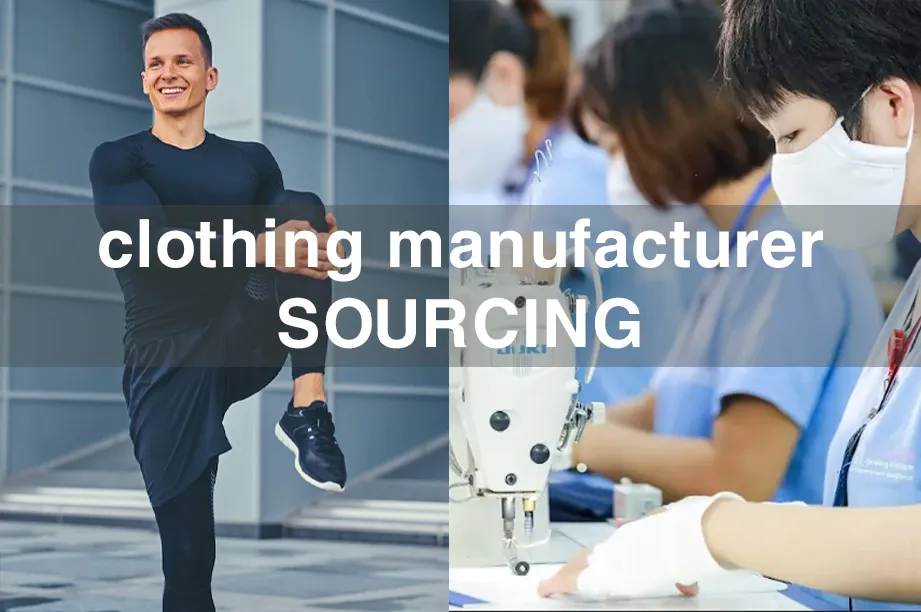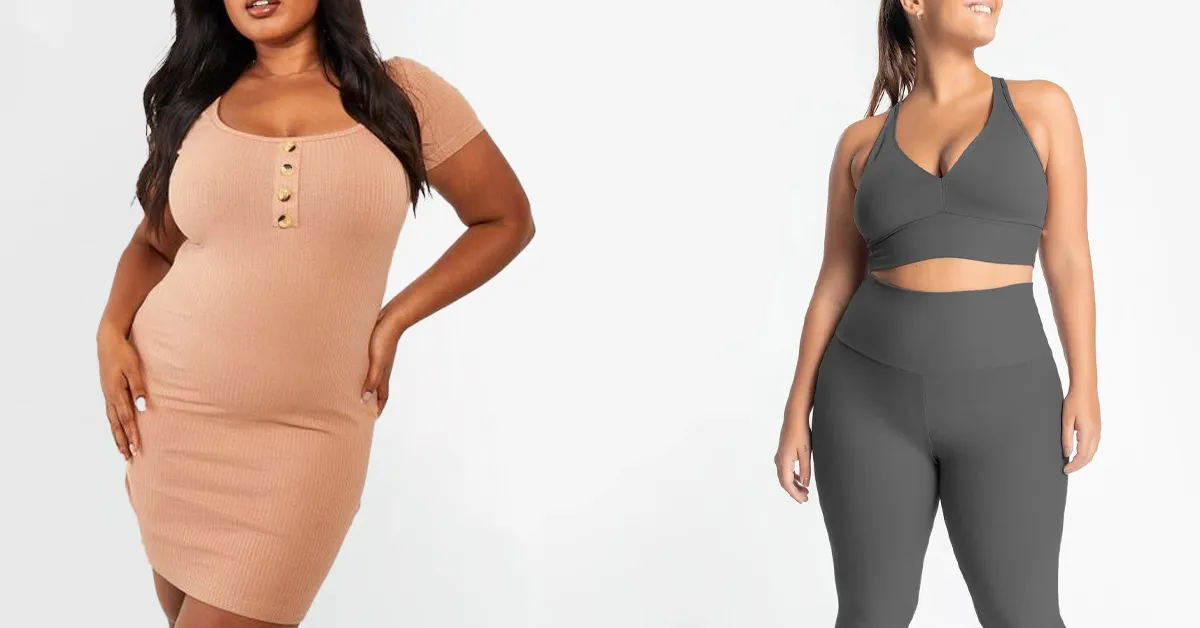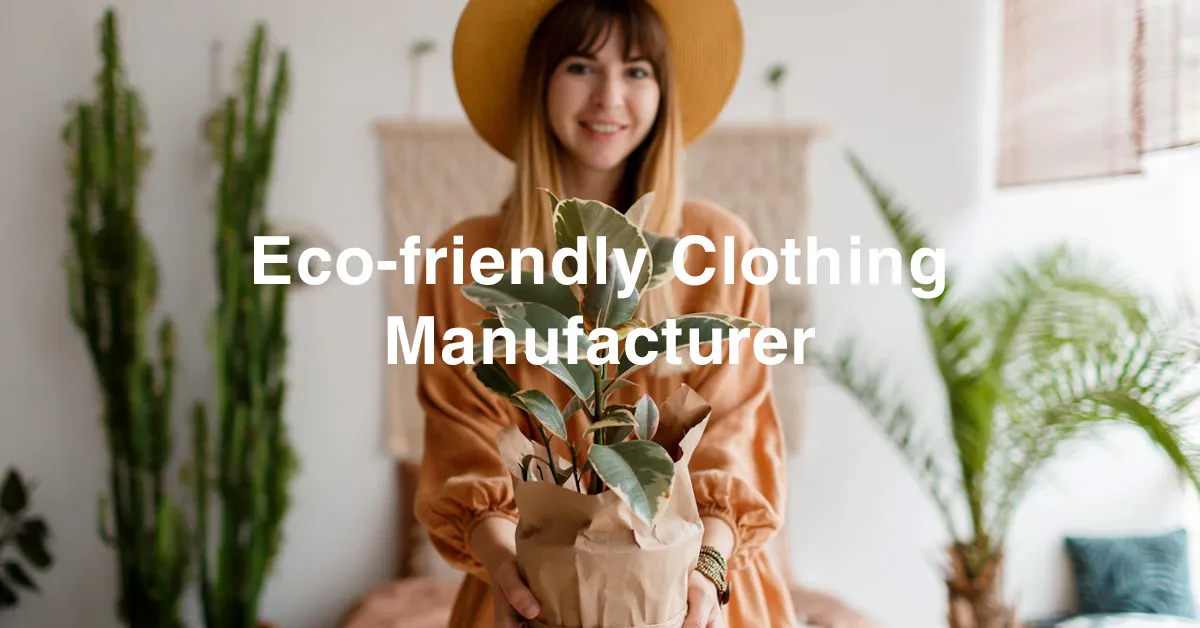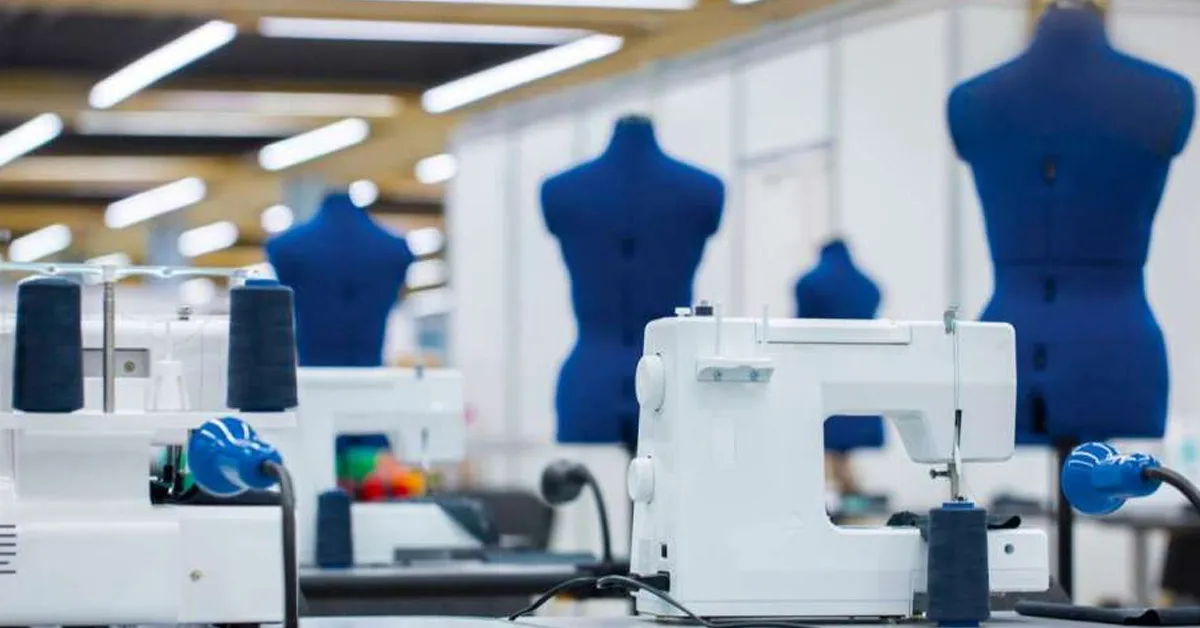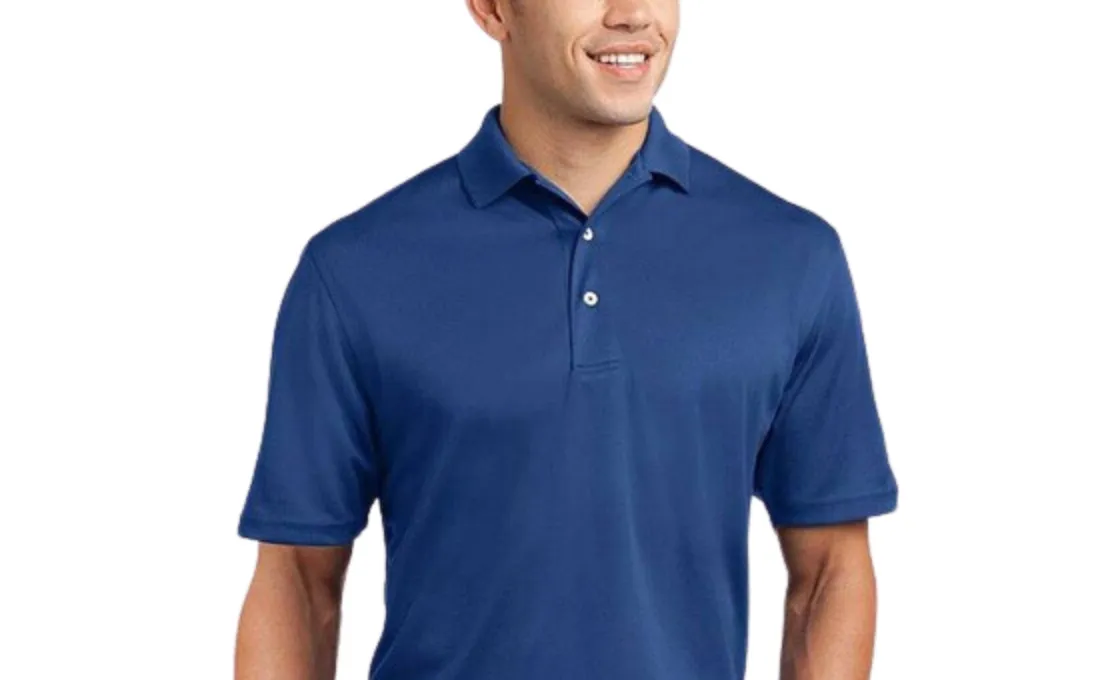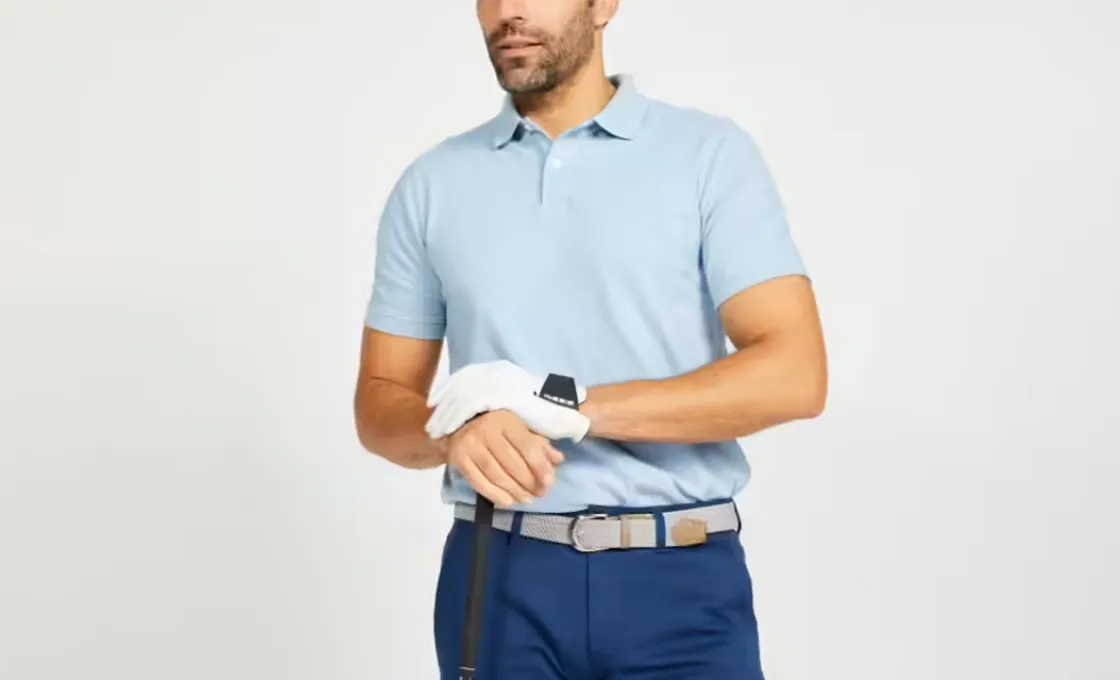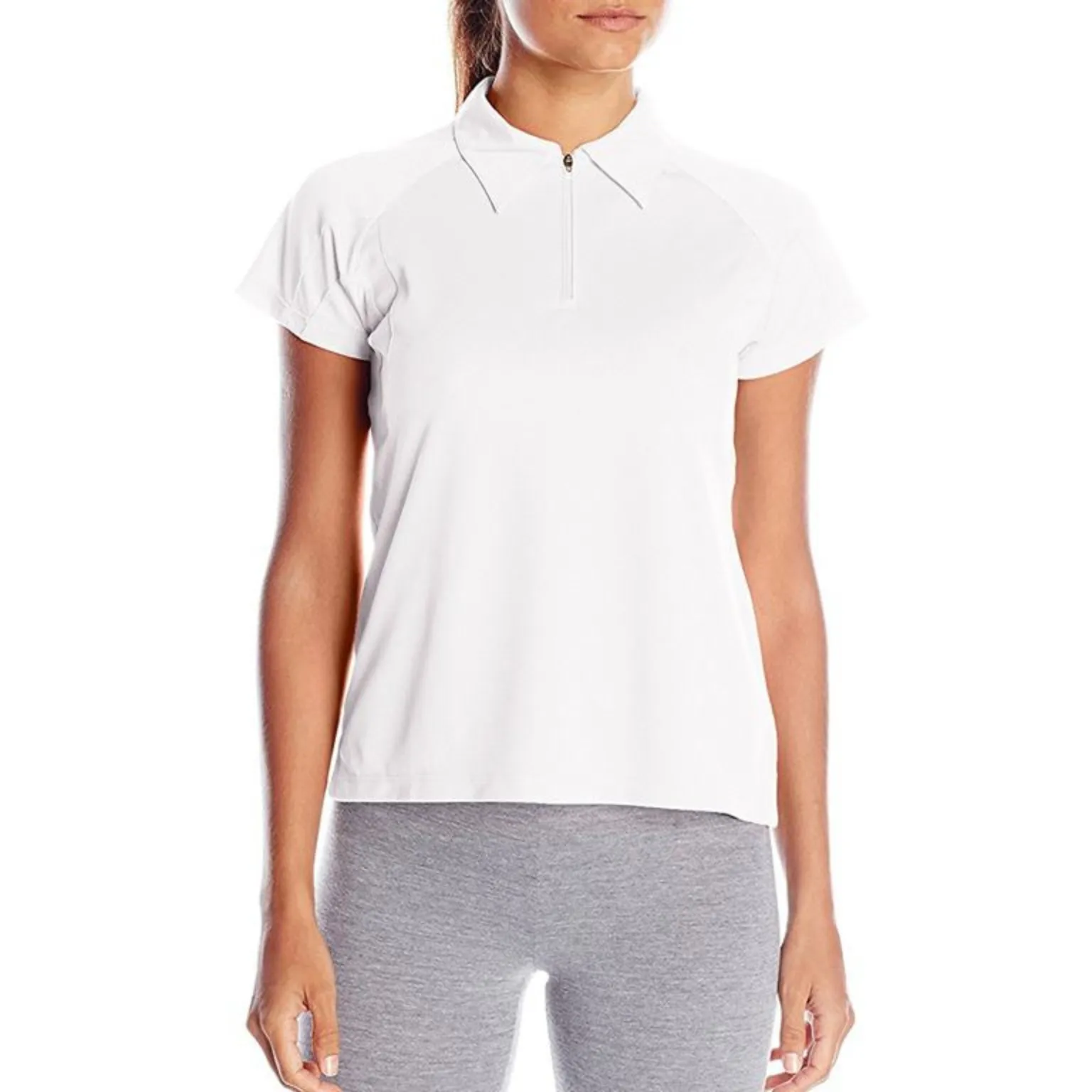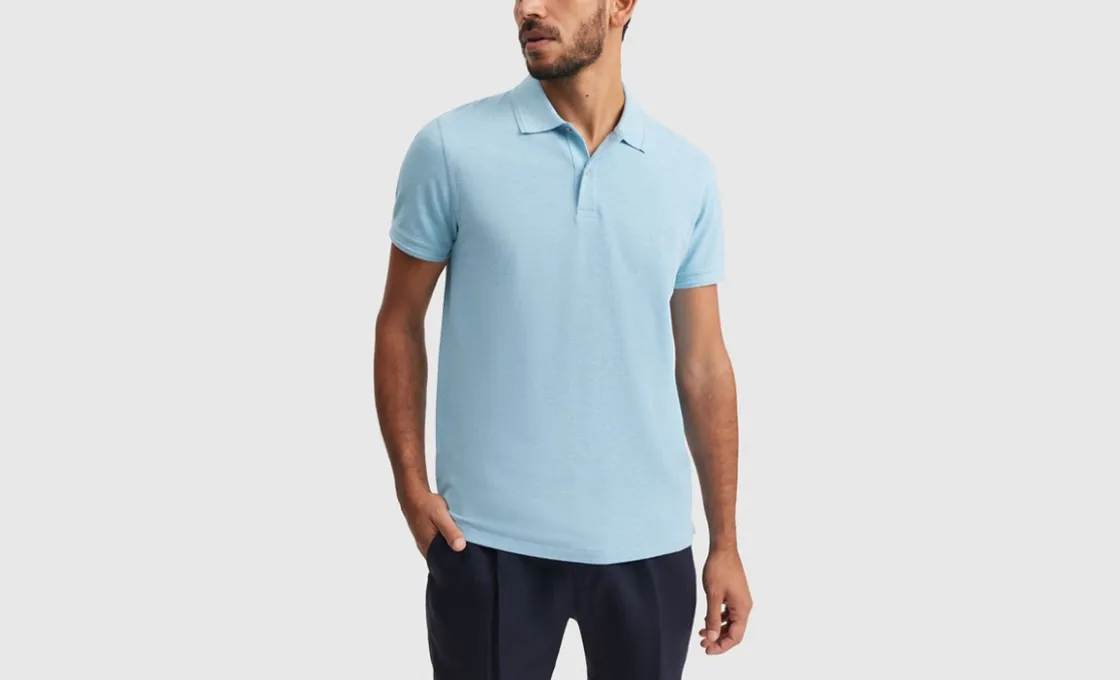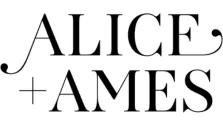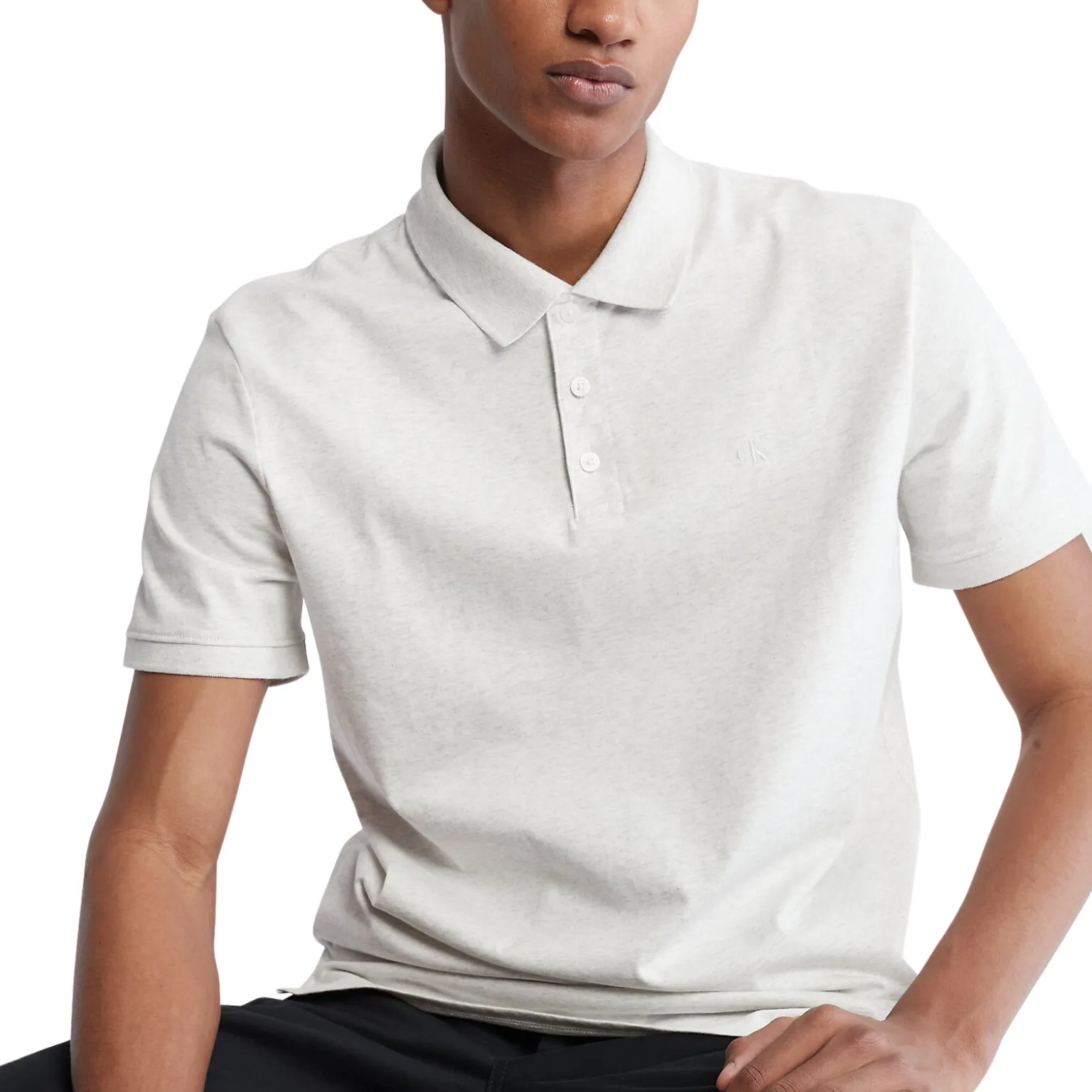Finding clothing manufacturers is all about looking for the perfect partner that can work with you in the long run. With that in mind, this article will cover everything you need to know about how to find clothing factories as well as how to find a garment manufacturer for your business and show you the best local clothing manufacturer.
How To Find Manufacturers For Clothing
Industry Meetups
Industry meetups might be of tremendous benefit to you in the search for the best overseas clothing manufacturers for your company.
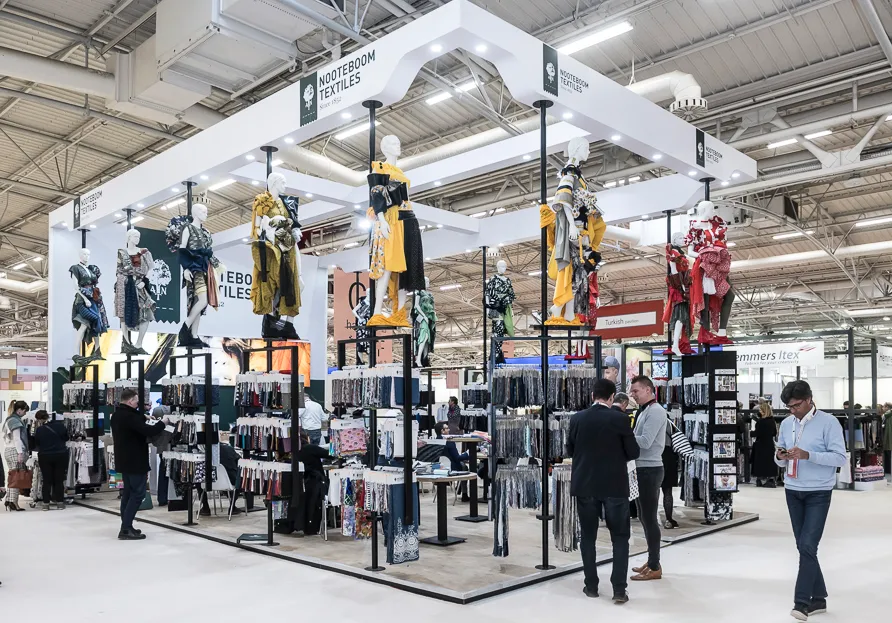
Generally, manufacturers often promote their products and services at trade shows, also known as trade fairs. If you want to find suppliers for clothing, this represents an excellent opportunity for you to directly meet manufacturers, acquire some important information, and discuss your specific requirements. The same may apply to industry meetings. Face-to-face communication with a manufacturer via these events is unrivaled by any other means of researching. It contributes to the development of trust and confidence, as well as a more personal business relationship between both parties.
For example, a fashion business wanting to know how to find clothing factories in Vietnam can refer to these well-known trade shows in the country: The Vietnam International Textile & Apparel Accessories Exhibition, Vietnam International Textile & Garment Industry Exhibition, Vietnam Hanoi Fabric & Garment Accessories Expo (Hanoi Fabric) and so forth.
Similarly, on a larger scale, you can also find clothing manufacturers in many international textile and garment expo. Below are 3 international trade shows, where many clothing manufacturers worldwide display their work:
- Texworld Paris: Texworld brings together over 1,000 exhibitors from the textile and garment industries twice a year. It’s a worldwide event, with apparel manufacturers from 26 nations and 26,000 brand visitors from all around the world attending.
- Who’s Next: For more than two decades, Who’s Next has been one of Europe’s most important fashion exhibitions for womenswear producers. It attracts almost 50,000 industry experts and 600 exhibiting companies from more than 100 countries twice a year.
- The Intertextile Fair Shanghai will bring together textile fabric, yarn, and garment makers from across Asia.
Online References
Social platforms such as Facebook are a terrific place to connect with other brands and communities who share your interests to help you finding online clothing manufacturers. There are numerous groups to pick from; however, you generally should seek ones that are geared toward businesses that often ask for a high MOQ. You will almost certainly discover queries and answers on finding dependable garment manufacturers in them.

Alternatively, you can go to the search bar of any social media and type in your query to see what groups come up. A quick Facebook search for “how to find a clothing manufacturer”, “how to find apparel manufacturers” or simply “a clothing manufacturer” yielded a myriad of distinct groups! However, determining their relevance will take some time. As a result, it is a good idea to start by joining well-established eCommerce organizations, which are full of helpful people who can point you finding a manufacturer for clothing.
Search Engines
Without a doubt, search engines like Google provide you with a great resource to find the information of custom clothing manufacturers overseas. Nevertheless, one thing worth noting is that because manufacturers’ websites aren’t updated regularly, you will probably have to wade through several pages before finding some relevant results that meet your requirements.
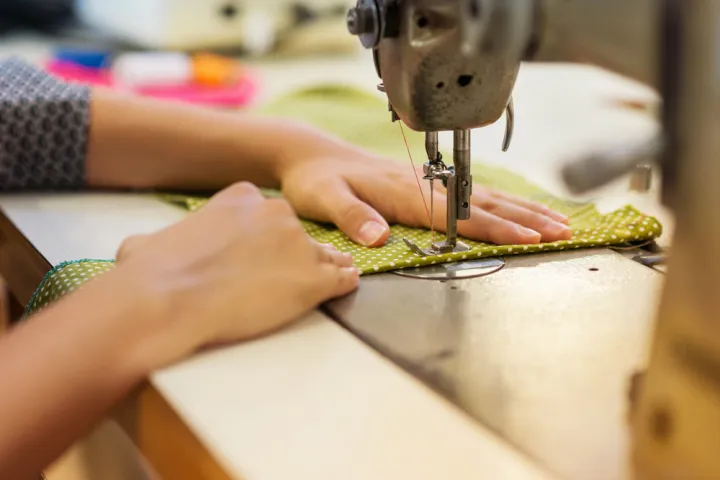
Admittedly, this may seem like a daunting task, but there is no need to worry. Among those search results, there are definitely legitimate clothing manufacturers galore out there to which you can access with some patiences.
Directories
You can also use directories like a way of how to find good clothing manufacturers by searching for a suitable clothing factories for your company. The general rule of thumb is that you should stick to directories that are well-known and experienced because they will usually provide you with a large number of options. Additionally, when working with directories it is important to make sure to clearly state your specifications so that you can select the ideal garment manufacturer for your needs.
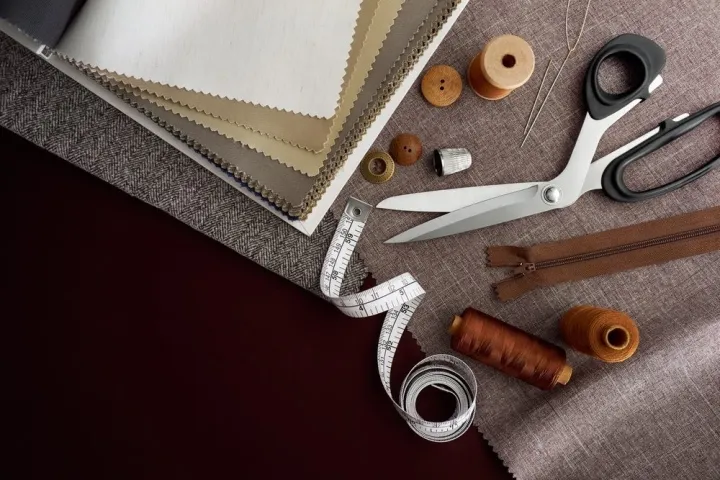
Among the frequently used directories to find overseas factories are Makers Row in the US, Sqetch in Europe, and Kompass. If you want to find clothing factories in Vietnam, it is advisable to refer to Vietnam AZ, Vietnam Yellow Pages, Yes Asia (Vietnam Manufacturers), Vietnam Export, ASEM Connect, and so forth.
Types of clothing brand manufacturers
If you are wondering which types of clothing manufacturers will suit your business, we will explain the types of clothing manufacturers and the difference between them below.
Cut, Make, Trim (CMT) Manufacturer
CMT is the abbreviation for Cut, Make, Trim. When you know exactly how you want your outfits to look, this method of garment manufacturing is ideal. That is, you have determined the concept, size, classification, patterns, textiles, color, design, and printing, then you need a CMT clothing manufacturer and supplier.
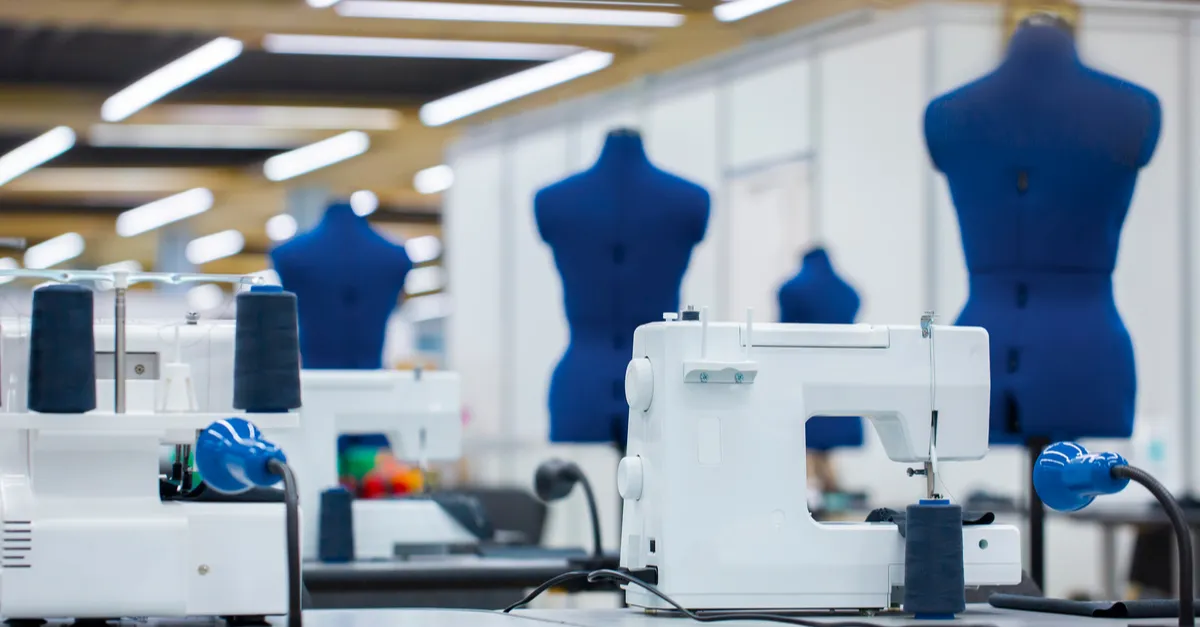
A clothes maker just performs three things: cut, make, and trim. Automatic fabric cutters, expert sewing, and quality control and quality control professionals are all desirable features of a clothing manufacturer that provides this service.
CMT is a more environmentally friendly alternative since it allows for more control over waste and the utilization of renewable resources. It is suitable for small businesses or startups.
In addition, because you select the fabric yourself with CMT, you are not limited by minimums quantity, giving you more options, greater quantity flexibility, and cost savings.
Original Equipment Manufacturer (OEM)
An OEM product is originally manufactured to the buyer’s specifications. All products with pre-selected sizes, colors, materials, functions, and designs are considered OEM products. Some view these products as purely buyer-based, and others as original but modified factory designs, no matter how minor the modifications.

With OEM manufacturers, the company only needs to hire an outsource company to help them process, design, assemble and manufacture clothes. The OEM company’s production line can produce products for many different parties, thereby helping to optimize resources, costs, time,… for both customers and OEM companies. This is a win-win relationship.
OEM companies are gaining popularity among multinationals and startups. This business is very profitable because they can save a lot of money on bulk orders.
In addition, you can find high-quality clothing products of all kinds at low prices. All products are carefully checked by the manufacturers.
Related: Best China Graphic Short Sleeve Men’s T-Shirt Manufacturers 2022
Original Design Manufacturer (ODM)
An original design manufacture product is based on the design of a manufacturer, this product can be the result of the research and development work of a supplier or a counterfeit product of another brand. You can put your logo on ODM clothing.
Besides, ODM manufacturer of clothing produce the kind of products you want. However, they are only changed slightly. However, these kinds of suppliers benefit buyers because it is not always essential to design products and invest a lot of time in research and development.
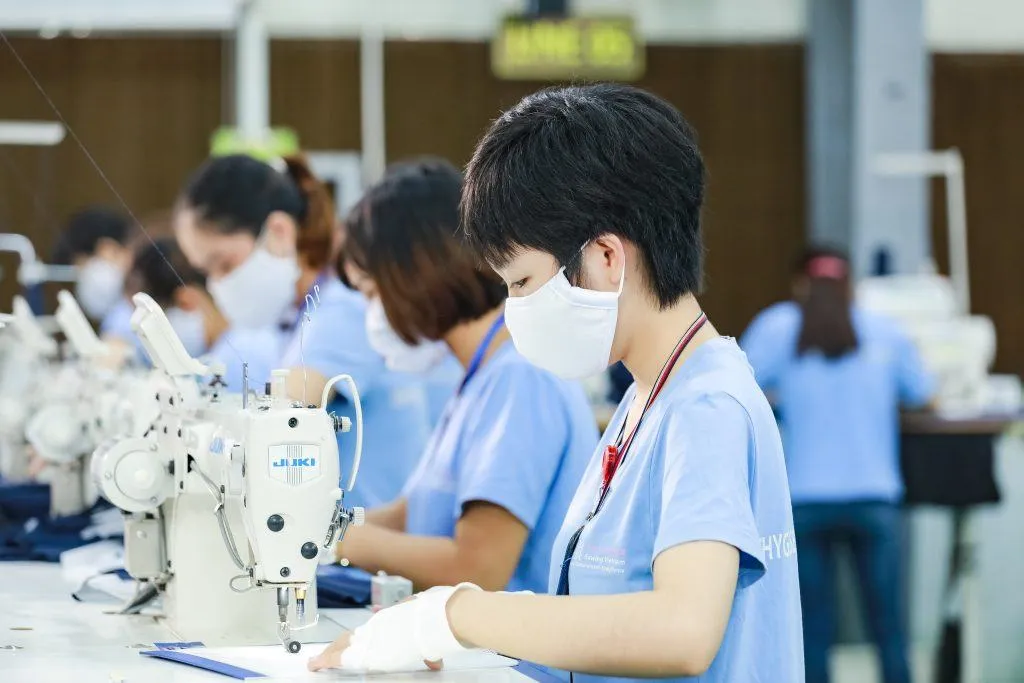
You can take into the expertise of ODM companies as a fashion clothes manufacturer that offer bulk product manufacturing for small businesses. There are two types of categories in the manufacture of ODM, the private label on one side and the white label on the other.
Private label products are finished products that are sold to particular retailers. In addition, white label products are said to be generic and are sold to all kinds of retailers who will resell them under different brands.
Private Label Clothing Manufacturer
A private label clothing is a product designed by a manufacturer, which is then taken up and redistributed by the brands, which market the product under their own identity. These brand will be able to buy “ready-made” products from a manufacturer’s catalog and then offer it is to their customers
These clothing products are often generic, easy-to-match styles that can be easily modified with brand logos and tags. During the manufacturing process, your brand label is added and the items become part of your company brand.
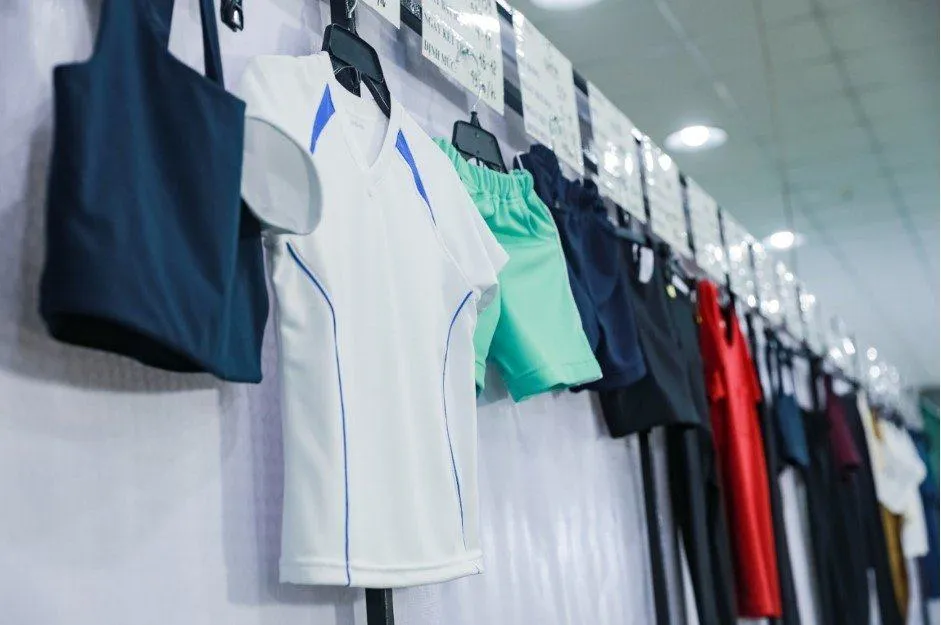
For example, a manufacturer produces a floral dress that it makes available in its catalog; several companies can access to buy this dress from that factory. These companies will then market this same dress under different brands and all they need to do is only change the label. 1 dress, 100 brands, 100 different prices.
With the private label, you won’t have to worry about producing the product you want to sell. There is already a producer who will take care of this. All you have to do is go buy this product and then brand it using the private label concept.
Private label allows you to create the products you want without requiring a large budget. Moreover, you got benefits from expertise with low minimums, quick production introductions, and no research and development costs.
How to manufacture clothes for brands
Clothing manufacturing is a complex process that includes multiple steps. We defined the most important stages of how to design and manufacture clothes.
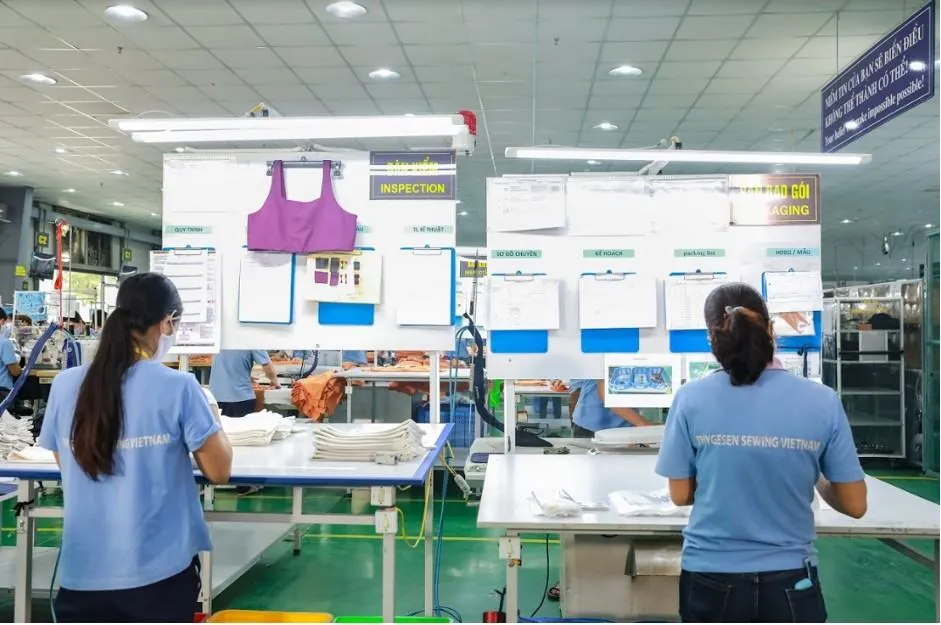
Create your tech pack
Design drawing
Clothing design drawings demonstrate the final product you will be received. They give your supplier a solid point of reference for sample design. It is a place to present your ideas and wishes to your clothing manufacturers.
Sewing pattern
The sewing pattern is a pattern for a certain part of the garment, such as the sleeves and collars. It helps the supplier to cut the parts of the fabric to the correct shape and according to the dimensions set in your size chart.
Clothing labels
Clothing tags are not optional but required by law. Importing products without a textile label, or without sufficient information, may be sufficient reason for customs authorities to seize and destroy the products. Therefore, you must create the maintenance label file as part of your “tech pack”, following the labelling requirements in force in your country or your market.
Note that each country or market has its labelling requirements, additional labelling requirements may apply to infant clothing and children’s clothing. However, the following are generally required:
- Fiber composition (for example 95% cotton, 2% spandex)
- Maintenance symbols or written maintenance instructions
- Made in-country
Bill of materials
The bill of materials is a list of materials and components used to make a single unit, such as a dress or a shirt. Besides, you must also specify the quantity or quantity of materials and components used.
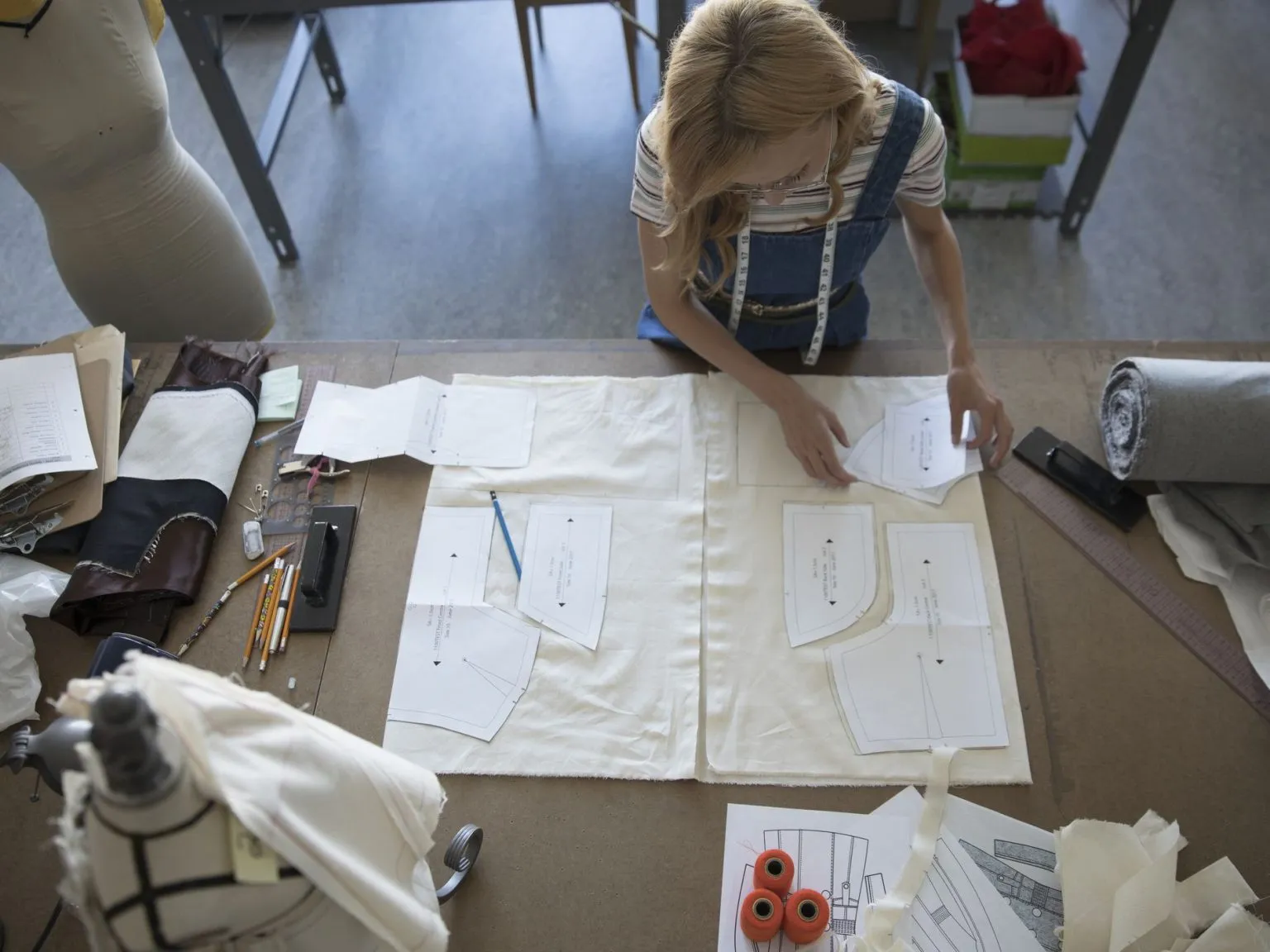
Size chart
A size chart details clothing measurements and dimensions for each size (for example S-XL, 1-10, or 32-42). Each measurement is normally represented visually by a letter on the size chart. Note that there is no universal sizing system for clothing or even mandatory national standards.
You can select your size chart based on one among the subsequent ISO size standards below:
- ISO 3635: 1981, Size designation and procedure of clothing for body measurement
- ISO 3636: 1977, Size designation of clothing – Outerwear for men and boys
- ISO 3637: 1977, Size designation of garments – Outer garments for women and girls
- ISO 3638: 1977, Size designation of clothing – Infant clothing
Required clothing samples
Once you have all the technical documents, it’s time to move on to sample production. The goal of this step is to test the supplier and confirm the materials if not already done. Around 50% of suppliers fail to make satisfactory samples. They may lack precision in getting the stitching together, delivering poor quality fabrics, or proving that they lack attention to detail.
That’s why we recommend that you order clothing samples from at least two or three clothing manufacturers.
Sales agreement
Before paying any penny for the production of your shipment, your clothing manufacturer must enter into a sales contract. The main goal of such a contract is to prevent further disputes
First of all, we must avoid misunderstandings as much as possible. Thus, the sale and purchase contract must include product specifications, material specifications, designs, and colour samples. Do not hesitate to attach physical samples to contracts, have the supplier sign and stamp.
However, all of these precautions are in vain if you don’t put pressure on the clothing manufacturer to comply with your expectations and sign the entire document. This can only be done if you tell the vendor that you will be checking on a third party for compliance. To verify compliance, you need a quality control plan. We will detail the process in the next section.
Payments are also important. If you pay the supplier in full, they will be under no obligation to rework or repair the defective items, in case the quality check fails. Therefore, payment of the final balance should be suspended until the quality of the items in the batch is verified.
Create clothing production manual
Now that you have a set of samples you like, it’s time to place your first order. However, before making a deposit, you need to prepare a production manual. Here is the documentation listing all relevant ordering requirements and conditions:
- Techpack attachment list
- Compliance requirement
- Shipping terms
- Export packaging
- Terms of payment
- Quality control conditions
- Terminology for laboratory testing
- Trademark Terms of Use
The purpose of the manufacturing manual is to standardize the overall ordering process, which is why it should cover everything from packaging for export to terms of payment. The execution mechanism is based on a standard 30/70 payment plan. You only retain your influence as long as the supplier has not been paid in full. If you need to make the initial 30% deposit before production begins, the remaining 70% should be withheld until the following criteria are met:
- Successful quality control
- Textile lab tests passed
Quality control
Quality problems in the manufacturing process will certainly arise to varying levels. While quality problems cannot be eliminated, they can be managed and minimized to the point where it doesn’t affect your profit margins.
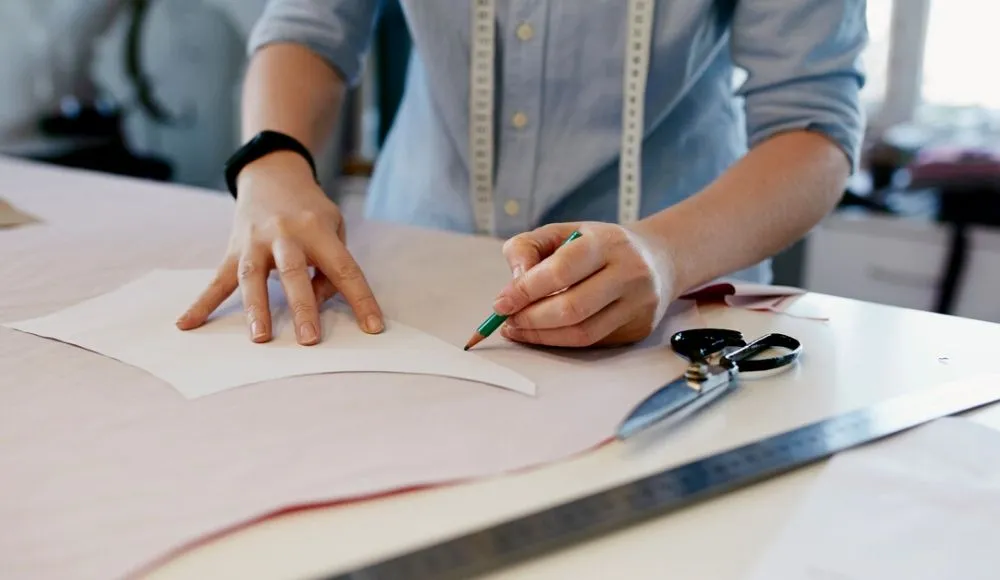
Some faults can occur in the clothing manufacturing process. Here is a list of possible errors:
- Poor stitching or embroidery (for example, threads that are not straight, loose)
- Discolouration
- Size is incorrect
- Loose buttons and zippers
- Dust and dirt
So quality inspection should be done in the factory, after production but before the balance payment. You cannot return defective units to your clothing manufacturers, so you only have one chance to make sure the products match your technology package.
Create a quality clothing checklist
Quality control follows a clearly defined checklist, which can be based on your checklist – or a standard checklist for clothing and textiles provided by the inspection. We strongly recommend that you write your checklist first and ask the regulator to add their standardized tests. The checklist should include:
- Visual inspection
- Measures
- Sewing
- Labels
- Colour comparison
- Packaging for export
Booking agencies of quality control
If you can come directly to check the quality of your shipment at the clothing manufacturer. All you need to do is create an account, write an email or make a phone call and provide the following information to quality agencies:
- Technical package
- Proforma invoice
- Quality checklist
- Name of supplier
- Supplier contact details (name, email address, and telephone)
- Supplier’s address
Order a materials testing laboratory
Although existing test reports can be used to assess whether a supplier can manufacture or purchase suitable fabrics, the “old test report” cannot be applied to the new batch of garments. The only way to be sure is to ask a third party to do a compliance check.
Laboratory testing option
You can pre-order a laboratory test to verify compliance with a certain regulation or standard. You can also order tests to check only if the product contains specific substances, such as lead or formaldehyde.
- REACH (Registration, Evaluation, Authorization, and Restriction of Chemicals)
- OEKO TEX Standard 100
- California Proposition 65
- Heavy metals
- Chemical products
Sample collection
Preferably, the quality inspector takes samples of the batches and submits them to the testing company. If possible, you should not allow the supplier to submit samples. For their benefit, there is a risk that clothing manufacturers will submit compliance samples (manufactured specifically to pass laboratory testing) – while your products are non-compliant.
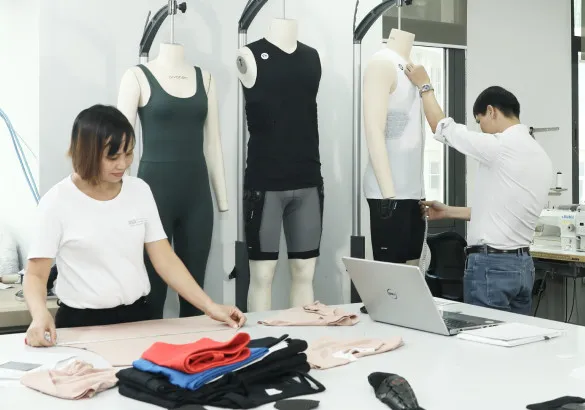
Also, make sure they put the reservation/sample ID number on or inside the envelope. Otherwise, the testing company will not be able to identify the samples.
Test report
Once the test is completed, you will receive a test report telling you whether the products passed or failed. This test report can be used later to prove that your products comply with applicable safety standards and chemical regulations, such as REACH and CA Prop 65. Note that customs authorities, other government agencies, or Amazon may require you to provide a test report.
Clothes shipping
Delivery. After the garments pass the quality control, the rest of the production order will be delivered to the customer all over the world.
The best clothing manufacturers for startups
Starting a fashion brand has become one of the most profitable businesses in today’s world. But because of that it is hard to find custom clothing manufacturers for startup which are trustworthy and offer A-Z service.
When finding the right clothing manufacturers that make your design, do not try to be too picky. A lot of clothing manufacturers for startups invest for profit but remember not to have high hopes. Every business stumbles or may grow beyond imagination.
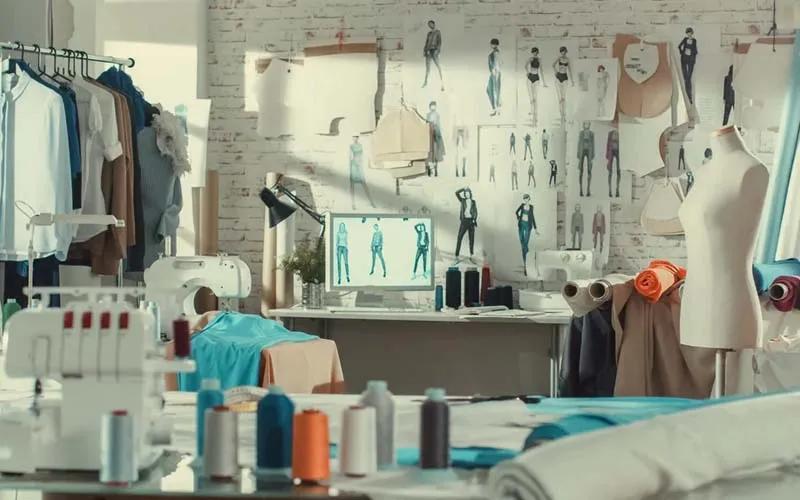
To make your clothing manufacturing be successful, we have listed the top 30 clothing manufacturers for startups below:
- Abercrombie & Fitch Co. (NYSE: ANF): The company’s slogan is, Casual Luxury! The company is a global specialty retailer. They produce apparel and accessories for men, women, and kids under five renowned brands. The typical customer of the brand Abercrombie and Fitch is focussing on the young, athletic person who likes to dress stylishly.
- Adidas Group: It is a German manufacturer of athletic shoes and apparel, and sporting goods. If you are looking out for an investor in a clothing manufacturer for startups in athletic wear, then the Adidas group will be an optimal choice.
- Amazon.com: Amazon needs no introduction. It is also one of the most customer-centric companies. If you are looking for an online launch, Amazon can be your choice for a great kickstart. Also, it does not restrict the choice of clothing line you want to showcase.
- Arcadia Group: Arcadia group of companies focuses on clean and renewable energy resources. A startup involving clean recycled clothing lines can be benefited from a collaboration with the Arcadia group of companies.
- Buckle Inc: It is an American fashion retailer. It sells clothing, footwear, and accessories for men, women, and children. A clothing line will benefit from linking with Buckle Inc as a clothing manufacturer startup.
- C&J Clark International: The shoe retailer! C&J Clark International is a leading British shoe retailer delivering high-quality craftsmanship.
- Cato Corporation: the company provides the latest in fashion apparel, accessories, and high customer services. It is a reliable clothing manufacturer for startups.
- Columbia Sportswear Company: The four primary brands — Columbia®, Mountain Hardwear®, SOREL®, and prAna® — under the umbrella of the company complement each other in innovation, quality, and performance.
- Gerber Technology: They effectively manage and connect the supply chain. They work from product development and production to retail and end-customer satisfaction.
- Gildan Activewear Inc: This company deals with basic everyday apparel such as hoodies, t-shirts, underwear, socks for everyone with premium fit, feel, colors and quality.
- Global Brands Group: Global Brands designs, develops, markets, and sells products across a wide range of categories under a diverse array of owned and licensed brands.
- Hanesbrands Inc: It operates in three segments—innerwear, activewear, and international wear.
- Iconix Brand Group Inc: it is one of the world’s premier brand management companies. It owns a diversified portfolio of strong global consumer brands globally.
- JC Penney Company Inc: Started by the company slogan of “treat others as you want to get treated!” It runs departmental stores along with conventional merchandise.
- Levi Strauss & Co: The company designs and markets jeans & casual tees. The well-fitted and premium denim quality is its USP.
- Marks & Spencer Group Plc: This major British multinational retailer has its headquarters in London, England. It specializes in selling clothing, home products, and food products, most of its labels.
- Primark: The company deals in low-priced retailers carrying a wide range of product selections, including homeware, women’s and men’s clothing, children’s, beauty, accessories, and more.
- Puma AG: Puma is the fastest growing name in sportswear. If you are looking for a launch in sports & athletic gear, Puma can be a choice of clothing manufacturers for startups.
- Phillips-Van Heusen Corporation: PVH Corporation is an American clothing company. The brands falling under it are Tommy Hilfiger, Warner’s, Olga, Calvin Klein, and True & Co. The company also licenses the high-end brands Michael Kors and Kenneth Cole, New York.
- Rocky Brands Inc: The brand designs, develops, manufactures, and markets premium quality outdoor, work, western, duty, and military footwear as well as outdoor and work apparel and accessories for men & women.
- Sears Holdings Corporation: The company operates as a broad-line retailer with full-line and specialty retail stores in the United States and Canada.
- Steven Madden: The brand designs and markets trendsetting shoes over 2 decades.
- Timberland Company: The focus of the company is specializing in outdoor footwear.
- Under Armour Inc: The brand is involved in the development, marketing, and distribution of branded performance apparel, accessories for men, women, and youth, and footwear.
How to email clothing manufacturer
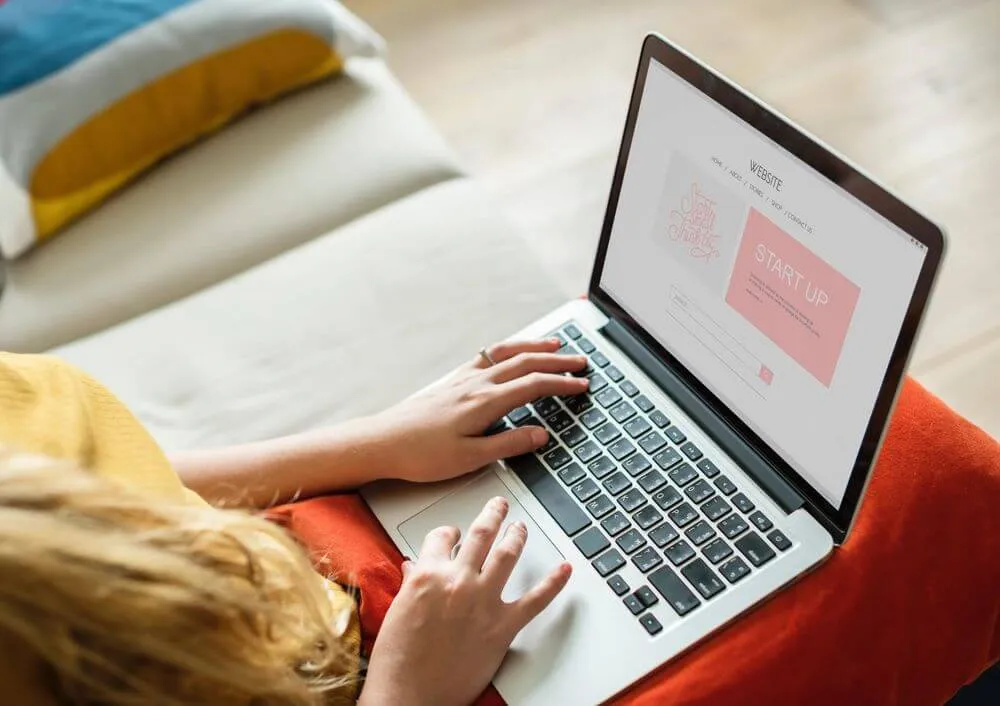
To ensure fashion clothing manufacturers not only open and read, but reply to your enquiries you must ensure that your email is:
- Brief and concise
- Contains answers to the main questions fashion clothing manufacturers want to know: Who, What, Why, When.
These magic set of 4 Ws is the secret recipe to a good inquiry that will surely solicit a response from the majority of the fashion clothing manufacturers you write to.
Who: “Who” is the first thing you need to address whether you write an email or make a phone call. It is your brief introduction. It sets the scene for the rest of the conversation.
What: “What” is the most crucial question. This is the first impression where the manufacturer will decide if they should read more ignore your messages. It includes what is your product for which you are looking for a manufacturer, what material you plan to use for your products.
Why: “Why” is where you mention if you are looking to make samples or production. It is important to state what you are looking for.
When: “When” is for questions of how long the factory may take to make products or give a reasonable time frame for customer’s request.
Questions to ask clothing manufacturer
If you are a building a new fashion brand and trying to partner up with manufacturers, you might not know what are the appropriate questions that you must ask before cooperating. Here is a list of questions of what to ask a clothing manufacturers.
Do you manufacture what I am looking for?
A manufacturer might have a good reputation or offer reasonable prices but the deal isn’t going to work for your brand if they don’t have an expertise in the form of clothing you sell. You should make a clear communication where both of you can discuss what’s your demands.
Do you speak my language?
Make sure that manufactures understand your mother- tongue and some of their representatives can speak the language well enough for the communications.
What other brands have you worked with?
This question should give you a point of view about the manufacturer’s profile. You must note if they have worked with one or more reputable global brands in the past and verify who their present partners are.
Can I visit your factory?
Visiting the factory in person is the best way to see how the manufacturer operates, what kind of equipment they have access to, how they take care of their workers, how they process their raw materials, and all such related things.
Can you give me a cost estimate for products?
Assuming you’re approaching the manufacturer with a particular product in mind, you should try to ask manufacturers if they can provide you with an estimate. This will inform you whether the alliance is going to meet your budget. In such circumstances tech packs are of great use.
Can you source everything for me?
Now there are some manufacturers who can offer A-Z services for you, and then there are others who will need you to provide with the fabric, the zips and buttons, the labels, and all the other components that make up the final product.
Trustworthy clothes and fabric manufacturer
Thygesen Textile Vietnam Company Ltd belongs to Thygesen Textile Group, a Danish company established in 1931. The Thygesen Textile Group’s head office is located in Ikast, Denmark; however, the Thygesen Textile Vietnam is based in Hanoi, Vietnam.
With 90 years of experience in garment and fabric manufacturing, Thygesen Textile Vietnam is one of the best clothing factories in the north of Vietnam, providing ODM/OEM services for an array of reputable brands including Calvin Klein, DKNY,… If you are looking for how to find good clothing factories, our company will be the perfect solution for you, catering to your every requirement with our capacity and expertise.
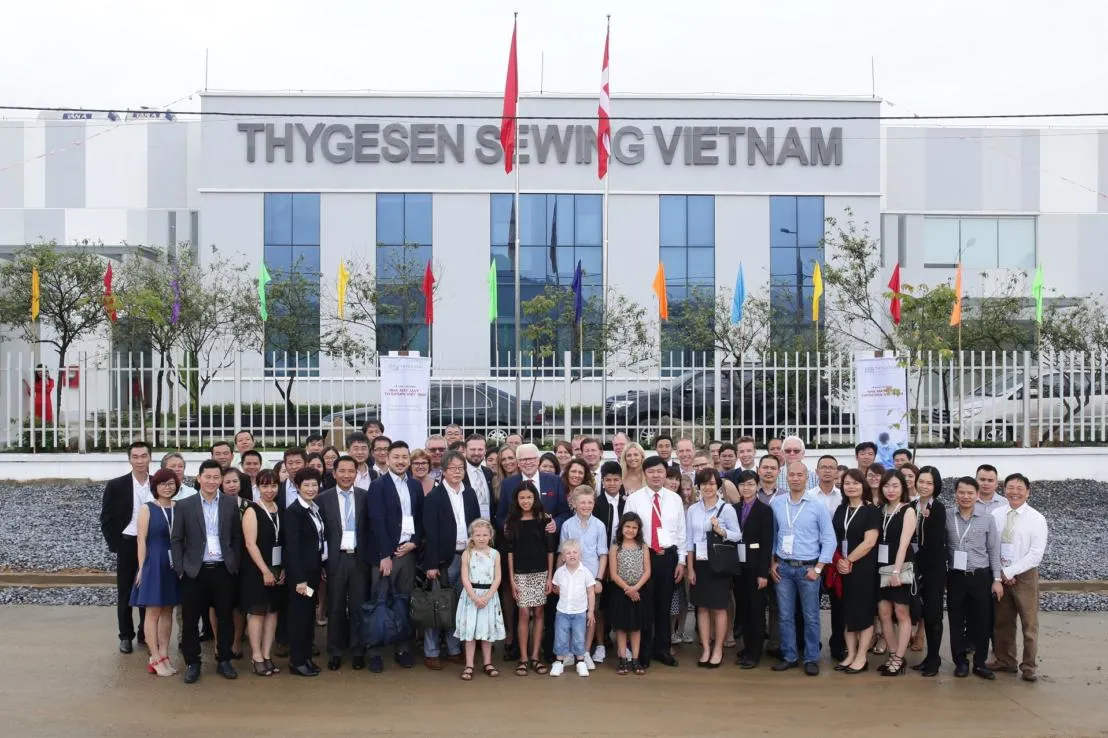
Even better than that, Thygesen Textile Vietnam’s products meet international standards such as ISO 9001, GSV, FDA, and Oeko-tex 100 because they are created with the safest dyes and textiles. Hence, you can sell the garments in some strict markets, namely the European nations.
Using knitted materials, the factory can construct practically any form of apparel, including casual wear, workwear, activewear, kids wear, underwear, and hospital wear & bandage
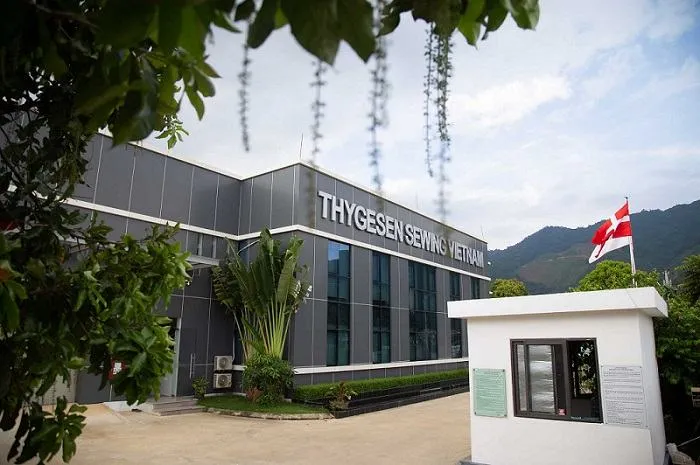
Furthermore, at Thygesen Textile Vietnam, the average production lead-time is between 8 to 12 weeks depending on the quantity and order type, in which quotations and fabric & technical solutions are provided in 3-5 days. Then, we spent 1 week on sample development and 10-12 weeks on bulk manufacturing. Contact us now!
Ready made clothing manufactures
The benefits clothing factories can offer you
You can produce high-quality garments at reasonable prices
For a global clothing line or brand, product quality is probably the most important aspect that you should concern about. Working with legitimate clothing factories will ensure that all of the garments can meet your requirements as the manufacturers often have their approach to quality control. This includes keeping the system complied with ISO standards and material inspection to minimize cases of unexpected problems throughout the production process.
Moreover, the factory’s personnel may have more in-depth knowledge and expertise in the manufacturing process as well as managing the system. Therefore, not only can they produce premium garments but they also facilitate the stability of product quality. In other words, a clothing factory can help you get consistently satisfactory products with minimum effort on your part.
You can improve the marketing process
With a clothing factory’s services, you can receive assistance in product development. Besides ensuring the garments’ quality, the manufacturers will act as an advisor, helping you bring your ideas into reality with recommendations on the design, the fabric, and so on.
Moreover, you can also gain more benefits when it comes to pricing. Producing with a clothing manufacturer is more cost-effective than otherwise, as the plants are often equipped with modern technology and a flow of cheap labor. As a result, this will create significant savings and possibly help increase profits for your business.
Additionally, your choice of manufacturers also possibly affects your brand image. As the consumers are increasingly concerned about the products’ ethical production, working with clothing factories that offer transparency and sustainable manufacturing options can positively impact your garment and your brand’s reputation.
The drawbacks of working with clothing factories
When working with a clothing factory, a big consideration is that you will need to place bulk orders for your inventory. Every factory has its minimum order quantity (MOQ), which means you will have to receive a great number of products in one order.
In Vietnam, small clothing factories there often produce at the MOQs of about 1000 pieces per design. With bigger manufacturers, you will often receive higher minimums, usually not exceeding 10,000 pieces. For example, at Thygesen Textile Vietnam, our MOQ is 3000pcs/ design with mixed sizes and different colors
For many, this works out fine, especially if you have already gathered an audience liking the products you have created. However, this is not always the case, as there are risks that it could detract from valuable business funds. When it comes to businesses starting on a shoestring budget, these risks are further magnified.
Similarly, you need to make an upfront investment when working with a clothing factory. Disadvantages to being in the upfront could include things like less flexibility. When you are committed to the dollars, you may not have enough funds left for more opportunities that come along throughout the year
Choosing clothing factories: domestic or overseas?
Domestic clothing factories
As far as domestic clothing manufacturers are concerned, they are more likely to provide your business with higher quality products that comply with domestically regulated labor standards. In addition, if you are choosing a domestic manufacturer, it is generally advisable to emphasize your partnership with local industries in the marketing material. Considering that buyers nowadays are becoming increasingly aware of many aspects of the clothes they are purchasing, like the working standards and material sources, this tactic can enhance your brand image. In short, your brand can be more favorable to a wider audience.
The shipping time is another significant advantage of working with domestic clothing factories. Shipping will be not only significantly faster but also far less expensive than working with clothes producers in other countries. This reduced shipping costs and time can be of important savings to many businesses, optimizing the production process.
Nevertheless, one major shortcoming when it comes to producing clothing domestically is that the choices of products are generally much smaller and less diverse than manufacturing overseas. For businesses requesting generic products, this may represent no big deal. On the other hand, those who are seeking something more niche will probably benefit more from overseas clothing factories
Overseas clothing factories
With overseas clothing manufacturers, nowadays there are plenty of options that can help you create products for your business, often at a much lower cost than a domestic manufacturer. The most common overseas clothing manufacturers include China, Vietnam, India, Taiwan, and other Asian countries.
Offshoring clothing production can be generally cost-effective, especially if your business wants to produce large volumes. These savings often come from the reasonable labor costs in the manufacturing country. For example, many international fashion companies like Cotton On, Nike, and Uniqlo have chosen Vietnam to find suppliers for clothing primarily because skilled knitting and weaving labor is available there at prices of between $121 to $190 per month. This number represents a great benefit to businesses, as the low minimum wages can translate into lower cost & higher profit per unit.
Moreover, producing clothing overseas can offer you machinery and technology perks. In countries where textile and garment is one of the leading industries, the factories can have the most up-to-date machines and international standard manufacturing systems. With such technology, the factories will ensure efficient production, thus helping the clients receive high-quality garments within a reasonable time frame.
On the other hand, when working with overseas clothing factories, many people are concerned about ethical manufacturing. For this reason, brands should take time to inspect not only the products’ quality but also the conditions under which the factories manufacture your garments. In Vietnam, some ethical clothing factories include Thygesen Textile Vietnam, Thai Son S.P Sewing Factory, and so on.
Another disadvantage of this approach is that many of these countries have less-developed logistics systems. Therefore, your garments will usually take longer to arrive. Furthermore, shipping expenses are typically higher when compared to domestic manufacturers.

